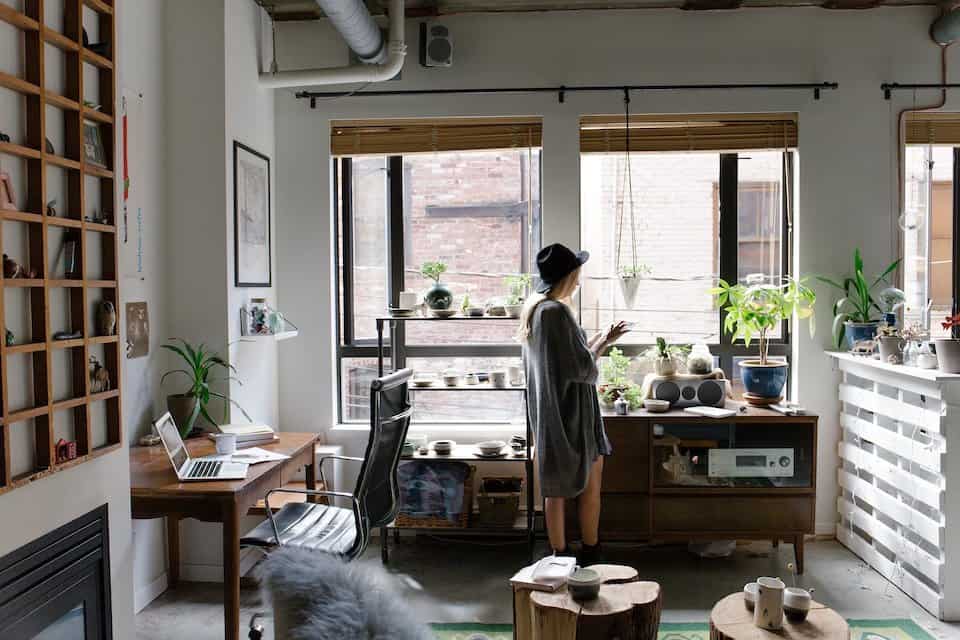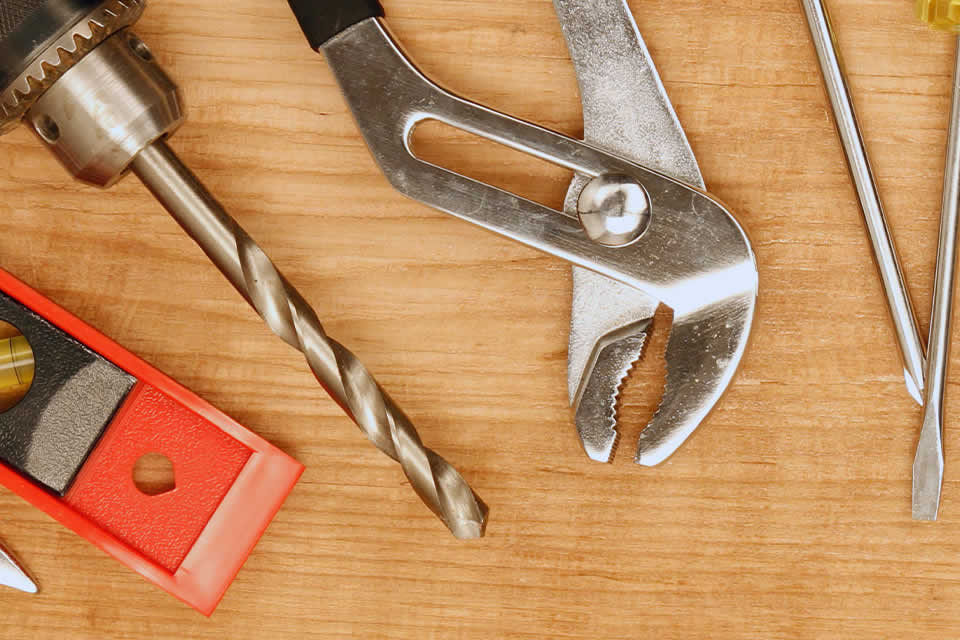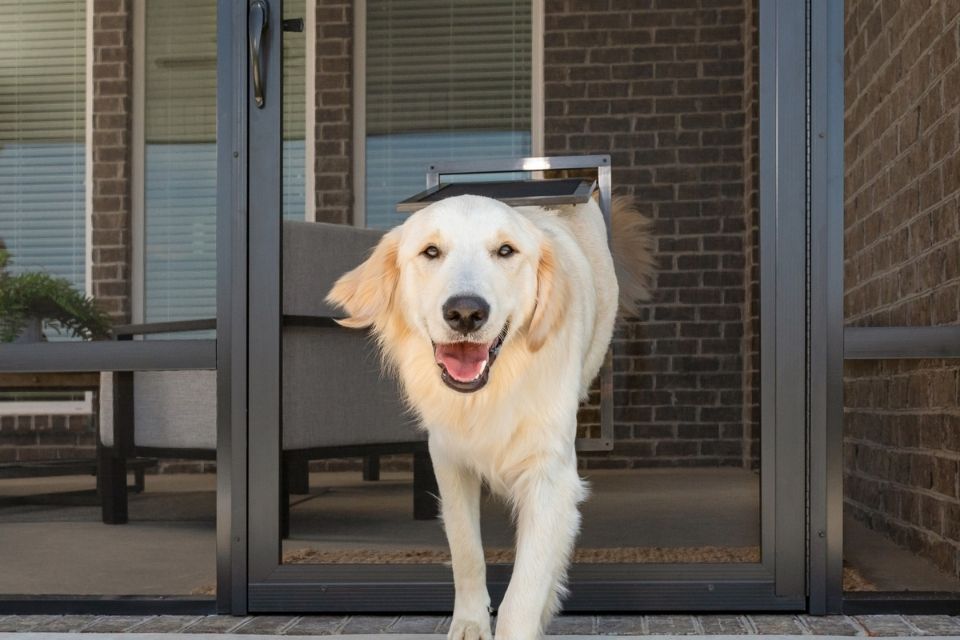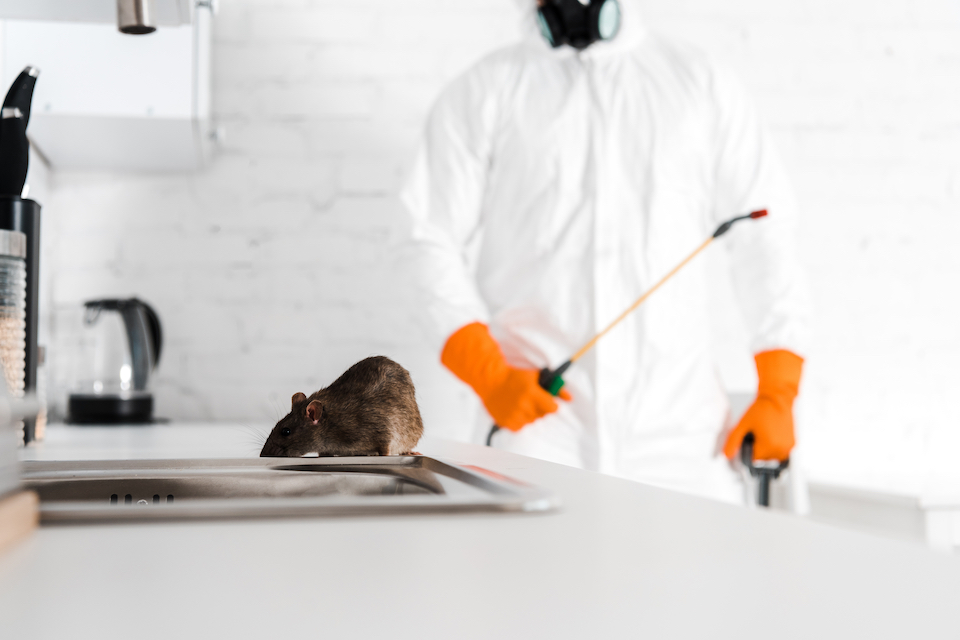Introduction
There may have never been a more critical time in our careers that we have a comfortable location to work outside of the office. The ongoing global pandemic has made it a necessity that workers from around the world work remotely, usually from home. To maintain the same efficiency and productivity at home as we would in the office, requires a more than adequate home office.
In this article, we’ll give you the complete guide to creating the perfect home office setup. We’ll discuss the space you’re likely to need, the best furnishings to add, the costs involved and much more. If you’re working from home at the moment, are planning to move to a home office imminently, or simply want to create a space at home for additionally projects, this is essential reading. It’s packed full of home office ideas and home office setup ideas to inspire you to take the plunge!
How Much Space Do I Need for a Home Office?
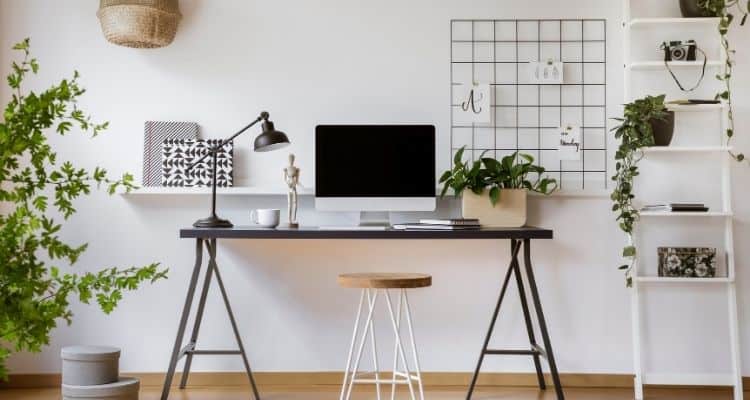
Essentially, your home office can be as small, or as large as you need it to be. If you’re a writer, for example, you may only need a corner of a room fit for a small desk and chair, with a laptop and a notepad on top. However, if you’re an architect, you’ll need ample space for a large desk that you can lay large blueprints on, and walk around it. You may also find that you can use a home office for specific areas of your job while utilising other spaces for the rest. For example, a photographer may do the bulk of their work in a large studio, with all the equipment and space they need. Then, they can complete their editing and admin tasks from a small home office. A home office is another place for you to work from, but it needn’t become a permanent fixing that you can’t stray from as you see fit.
A lot of people believe that if they don’t have an entire spare room in their home, they can’t have a home office, but this couldn’t be further from the truth. A popular place for those with limited space tends to be the corner of a bedroom or a set up on the kitchen table. Now, while a seat at the kitchen table may not sound too comfortable a workspace, if you’re the only person in the house during a working day, you won’t have any disturbance concerns. If you trade a dining room chair for an office chair during the working day, the kitchen table is a more than ample choice.
Where Can I Put a Home Office?
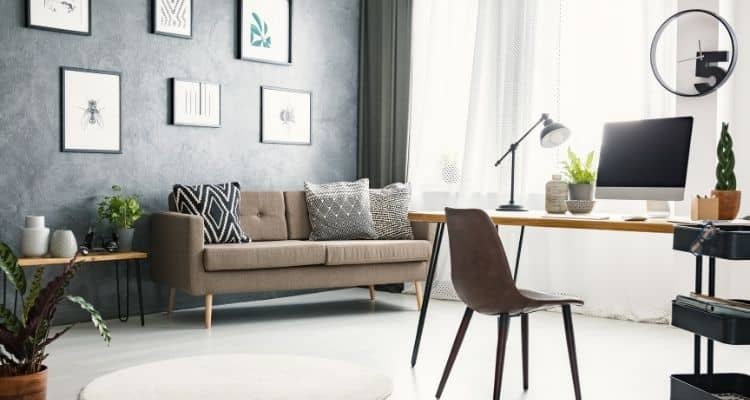
You may be surprised by just how many locations are suitable for a home office, even if they do need a little sprucing up beforehand. In this section, we’ll explore the different options you’re likely to have, what positives they have and what you may need to watch out for.
Spare Bedroom
The spare bedroom is often used for everything but its sole purpose, with extra rooms becoming storage units, changing rooms, playrooms and a hundred other things. But if you need somewhere to put your home office, the spare bedroom is the perfect candidate. As its initial purpose is as a bedroom, it will be comfortable temperature-wise, along with having some natural light from a window or skylight in most cases. There will usually be plenty of space for an amply sized desk, office chair and some room for files and a printer, along with plenty of plug sockets to power everything up. A spare bedroom is the most common choice for a home office. They are easy to set up, accessible, comfortable and make use of your existing spaces; however, some people find that when other people are in the home during work hours, they become slightly too noisy and distracting, but this is down to the individual.
Garage
Garages are a fairly standard feature in homes in the UK. However, a lot of them aren’t used for anything, in particular, becoming forgotten wastelands full of rubbish, broken power tools and the odd lawnmower. If you’re looking for a place to set up your home office and have a neglected garage at your disposal, use it wisely! It may take a day or two to sort out the mess, but a garage office can become quite the home comfort over time. Adorn the walls with your favourite pictures or posters, set up extension leads for plug sockets and make sure you have a TV or radio in there to fill the air. The only thing that may be an issue with using the garage as a home office is the temperature in the winter months, but this is easily solved by purchasing a standalone heater, of which you can buy for anything between £20-£100 depending on the size you need. You can also invest in more insulation for your garage instead to turn it more into another room in your home, but that’s a decision to make for yourself.
Outside Shed
A similar option to a garage office is the shed office. These options have risen to prevalence in recent years as more advancements in the quality of outdoor structures has improved and become more affordable. Some people buy outdoor shed-lodges that they can use in the summer, but these can be very easily converted into an office. A shed can actually be insulated reasonably easy to make them warmer in the winter, but of course, you can also use a standalone heater like you would in the garage. Sheds are often smaller than garages, meaning that while there is less space to work in, it’s also easier to heat and maintain. Sheds can be true solitudes of peace and productivity, and working somewhat outdoors can be quite the welcome change of scenery.
Conservatory
Conservatory’s serve as somewhat of a middle ground between working indoors and outdoors. They are, for the most part, sealed off from other areas of the house, while still being in the vicinity to use the kitchen and benefit from the warmth. They usually have quite a lot of space to work with, providing ample room for a good-sized desk, an office chair and storage for files and stationery, while also being quiet enough to take work calls and video conferences.
How to Create a Healthy Office Set-up
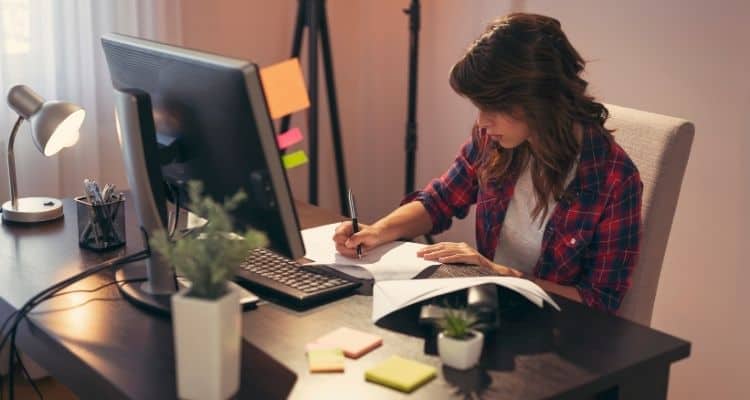
We spend so much of our lives at work, yet we don’t pay enough attention to how we can make this time healthier. We spend the majority of our waking hours sitting on an uncomfortable chair, at an ill assembled desk and working on slow computers emitting harsh blue light. A few adjustments and furniture upgrades can transform your physical and mental health at work, increasing your productivity and your overall happiness.
One of the most significant issues with offices and office working is poor posture that goes on to cause poor circulation, neck and back pain, problems with your nerves and many other ailments. By making a few adjustments to your working set up, you can significantly reduce the risk of these issues, and make your office set up much healthier:
- Ensure that your computer screen is at eye level, preferably standing on a monitor stand, but a stack of books will more than suffice.
- Continually remind yourself to pin your shoulders to the back of your chair and keep your chin up.
- Keep your feet rested flat on the floor, with your knee bent at a right angle, with no crossing of your feet or resting them high on table legs.
- Consider using lumbar supports to keep your spine aligned perfectly during the day and to help prevent slouching.
Lighting is a big issue that is often overlooked in the office, but it can have a knock-on effect on your tiredness and quality of sleep. Firstly, a dimly lit office forces your eyes to strain to read, which means the muscles work harder unnecessarily and will fatigue much faster. Secondly, blue light that emits from your computer screens can damage your ability to sleep at night, as the blue light acts as a stimulant for your brain, keeping your mind active for longer, which is also why looking at your phone late at night is detrimental to sleep quality. You can buy screen coverings for your computer or laptop that filters out the blue light, in just another way to improve your office health.
A more modern piece of office technology, in the form of a stand-up desk, has proven to be quite the hit for keeping its user healthy and less susceptible to poor posture and body ailments. The mechanics allow you to use the desk as normal but also gives you the ability to raise the desk to whatever height you require, so you can stand up and work to keep your body moving and circulation flowing. They’re cheaper than you may think and have been a great addition to offices all over the world. You can also implement small, more inexpensive additions to your office that has your health in mind, with things like wrist rests and footrests being popular purchases.
Make Your Home Office a More Productive Space

Once your office is set up, you’ll want to add and implement a few things to ensure that you’re just as productive in your home office as you are in your work premises. Sometimes working from home can breed a little bit of procrastination and an inability to get going. Your home is also full of distractions like chores and TV’s, so it’s natural to feel a little unmotivated at home, as it’s usually a place of relaxation. Hence, it’s essential to try and differentiate between your family space and your home office.
Plants
Plant’s serve a few purposes in the workplace. First of all, they’re pretty aesthetically pleasing and therefore fairly adept at relaxing you. Secondly, sticking close by to a plant will improve the oxygen around it, helping you feel more alert and motivated. Lastly, you’re likely to find office spaces adorned with plants and similar décor, so it reminds you that you’re still at work!
Door Signs
It may sound a tad gimmicky or tacky to add door signs to the entrance of your home office, but it can be beneficial to minimise how many distractions and unfortunate walk-ins during a zoom call. You can attach a wipe-clean marker board to the outside of your home office door and note on it when you’re on a call or in a meeting, so any other members of your home know to steer clear and stay quiet while you work. You can pick one up for less than £10, and you can attach them with command strips or with screws.
Colours to Use
It’s scientifically proven that decorating your walls in certain colours can generate certain emotions that may not be suited to your working world. For example, yellow walls are proven to generate more stress and arguments based on the subconscious emotive reactions we have to that colour over a long period of time. So, if your walls are decorated in a colour that you find distracting or unpleasant, change them. White and off white walls are the most common as they are the least disruptive, but if a soft blue works for you, then soft blue it is!
Soundproofing
If you require complete silence in your office and the noise from the street, or from other members of your household are creating too much disruption, you can install soundproofing in your office. The price of soundproofing varies greatly depending on the size of your room, the level of soundproofing you require and what type of room you’re in. You can purchase soundproofing foam yourself and complete the job as a DIY project, which would certainly cut back on costs.
How Much Will a Home Office Cost?

A home office can be as costly and as cheap as you want it to be. Essentially, all you need is a desk, something to sit on and something to work on, like a PC or a laptop. Of course, this isn’t the optimal way to work, so we’re going to breakdown the ideal home office while remaining realistic in what is affordable.
Desks can be picked up pretty cheaply, depending on whether you want to utilise a basic desk or a mechanical standing one. A mechanical stand-up desk will set you back about £700, but a standard desk will only cost you around £100. Similarly, office chairs significantly differ in price depending on how technological they are. Some chairs have built-in speakers or massagers, but of course, these are luxuries, not essentials. You can purchase a large, comfortable and supportive office chair for around £120, that will keep you working all day.
To add some décor to your office while also providing a benefit to your working space, it may be an idea to add some bookcases, shelves and storage units to your home office. You can grab some cheap units from DIY stores or furniture stores for less than £50 apiece and not only will they add some much-needed visual aesthetics, but they should also make working at home much more comfortable.
Your home office is solely a place for you. No longer must you put up with your co-workers’ terrible taste in music, the never-ending sound of the kettle boiling and the incessant foot-tapper, so make the office your own by setting aside a small budget to furnish the office with things that you like. Whether that be nice pictures, a bonsai tree or surround sound radio system, it’s all up to you.
Can Your Employer Help with any Home Office Costs?
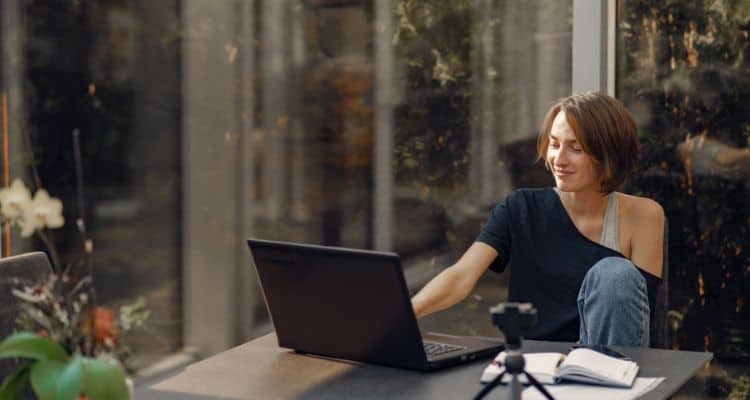
Your employer, especially in the current climate, should be very accommodating when it comes to setting up a home office, particularly if it is on their request. Each company should have information about what they provide to you as a home worker, if you have been left no choice whether to work at home or your usual place of work, then you must be reimbursed for any necessary costs involved. Also, if you have been thrust into home working with no alternate choice, you can claim tax relief on certain bills like gas and electric. The government have also made sure that any purchases made by a company to set up an employee in a home office would be exempt from tax until 5th April 2021.
At the moment there is a multitude of government grants in place to help people and businesses that have been affected by the ongoing global pandemic, including some schemes that help people get set up for work, at home. These schemes are different across the country, so the best thing to do is to contact your local council to see what is available to you.
Conclusion
We are living in increasingly uncertain times, made only more uncertain by the lack of a fixed place of work. Setting up a home office has never been more important as having a standalone place of work within your home available for you when restrictions are put in place will prove to be priceless. You don’t need an acre of space, nor a hefty budget, you simply need a tidy desk and some peace and quiet. Creating a small home office can actually be quite enjoyable, and there is a certain charm to an office workspace that is all your own.
Sources
- https://www.gov.uk/government/publications/police-funding-special-grant-guidance/special-grant-guidance
- https://www.trinity-accountants.co.uk/articles/employment-issues-tax/homeworking-costs-and-tax-relief-for-employees/
- https://www.gov.uk/tax-relief-for-employees/working-at-home
- https://www.lifehack.org/articles/featured/10-hacks-to-improve-your-home-office-productivity.html

